Heads-Up: Heads-Up: New to Silent Hill? Expect unsettling themes, mature content, and graphic imagery.
| Title | Silent Hill 4: The Room |
| Released | Sept 7, 2004 (PS2/ XBOX / PC) Oct 2,2020 (GOG) |
| Developer | Team Silent |
| Publisher | Konami |
| Platform | |
| Genre | Psychological Horror, Survival Horror, Action |
| Rating | M |
| Price | $9.99 |
Completed on PC (GOG) on Easy
HowLongToBeat Time: 10 Hours (Main + Sides) | My Clear Time: 6 Hours 55 Minutes
Background
Silent Hill 4: The Room, developed by Team Silent and released in 2004 (with a 2020 GOG re-release featuring restored hauntings and PC improvements), breaks from the series’ foggy open-world formula. The team aimed for “change” to deliver “something new and fresh” (Game Developer Magazine, 2005).
After Silent Hill 3 polished the classic formula, the team—Suguru Murakoshi (director), Masashi Tsuboyama (art), and Akira Yamaoka (composer)—felt creatively constrained. Their bold vision trapped protagonist Henry Townshend in his apartment, a sanctuary that, as they noted, “would really be terrifying to become trapped in… gradually eroded through disturbing events” (Game Developer Magazine, 2005).
Split-perspective gameplay and a horror concept that warps home into a threat make this a polarizing but memorable chapter, often seen as Team Silent’s last “pure” Silent Hill. This shift from open-world exploration to confined horror influenced later genre experiments like P.T.’s claustrophobic corridors, cementing The Room’s legacy as a pioneer of intimate, unsettling spaces for fans, horror enthusiasts, and experimental gameplay lovers.
Development team for Silent Hill 4: The Room includes:
- Suguru Murakoshi (Director/ Scenario Writer): Silent Hill 2: Restless Dreams, The Evil Within 2, Ghostwire: Tokyo
- Masashi Tsuboyama (Art Director / Monster Design): Silent Hill, Silent Hill 2: Restless Dreams, Wii Play Motion
- Akira Yamaoka (Composer, Producer): The Silver Case, Silent Hill, Rumble Roses XX
Experience
As a horror fan who’s played Resident Evil, The Evil Within, Silent Hill 1, Origins, and Fatal Frame, I was drawn to The Room’s premise of being trapped in an apartment. The concept lingered for years, and I was eager to recapture the original Silent Hill’s creeping unease.
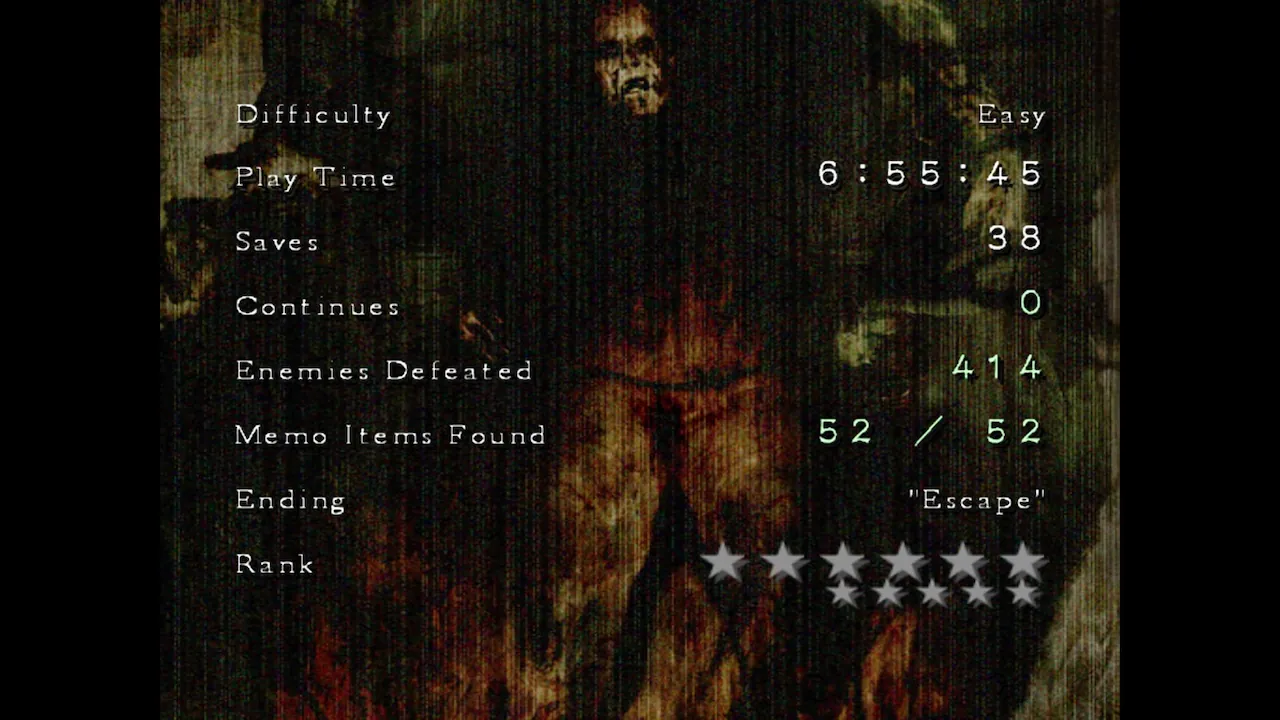
My original clear file after finishing Silent Hill 4: The Room.
Impressions
Introduction
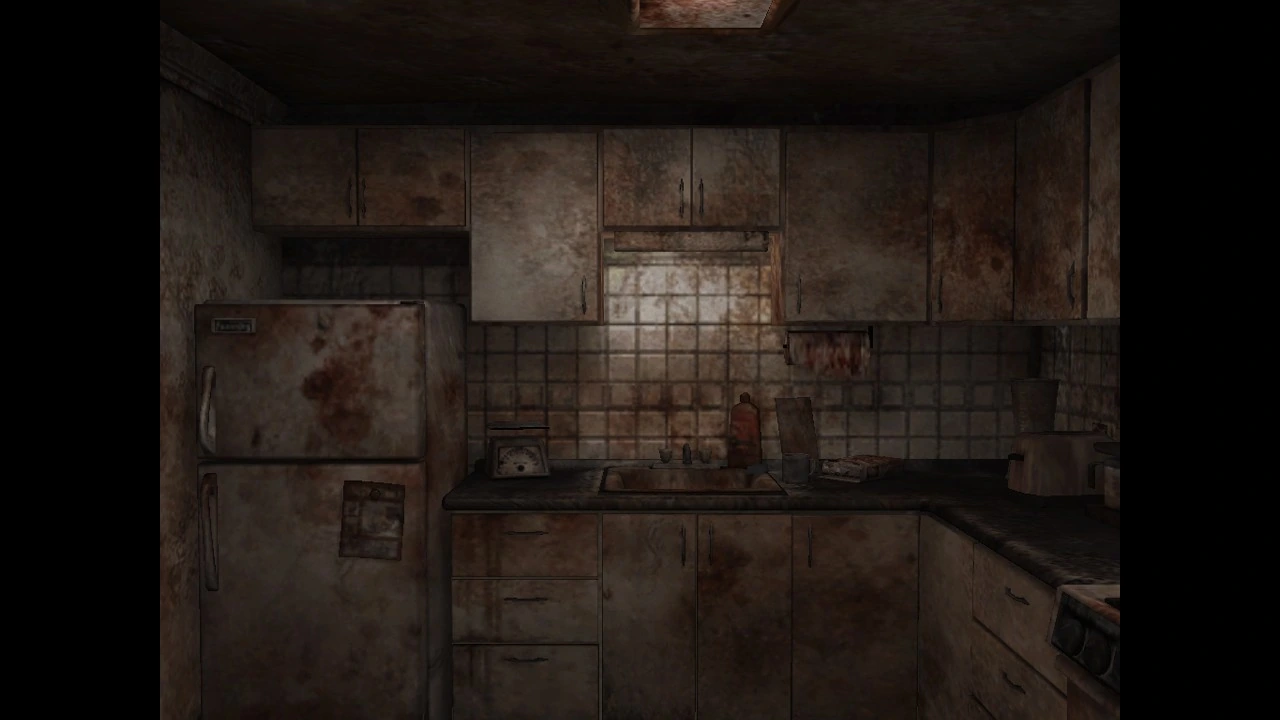
Something’s wrong and it’s been wrong.
You play Henry Townshend, locked in his apartment with no escape. Strange holes lead to nightmarish otherworlds tied to serial killer Walter Sullivan. Unlike the series’ foggy towns, The Room delivers psychological horror through a warped sense of home. It’s a bold shift for Silent Hill fans, horror enthusiasts, and experimental gameplay lovers.
Gameplay & Mechanics
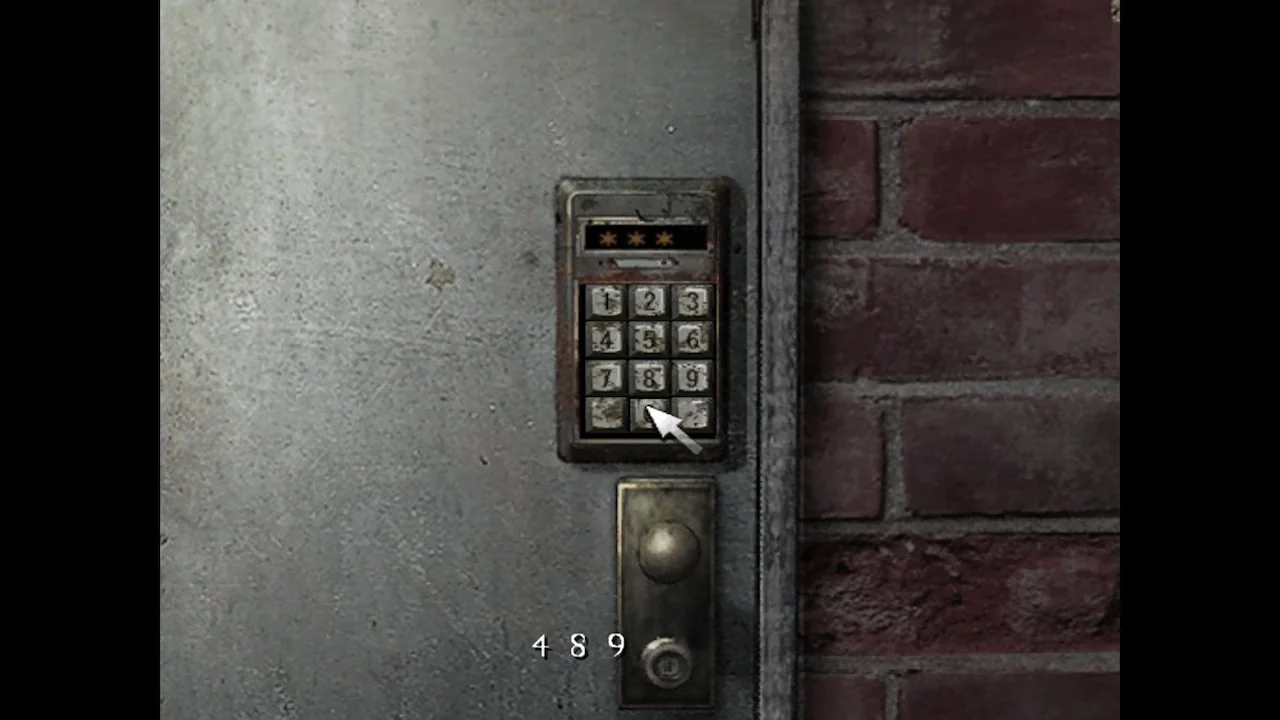
Unlocking secrets with every code.
Interactive Puzzles
First-person puzzles in the apartment, like deciphering notes or manipulating locks, are tactile and immersive without being complex.
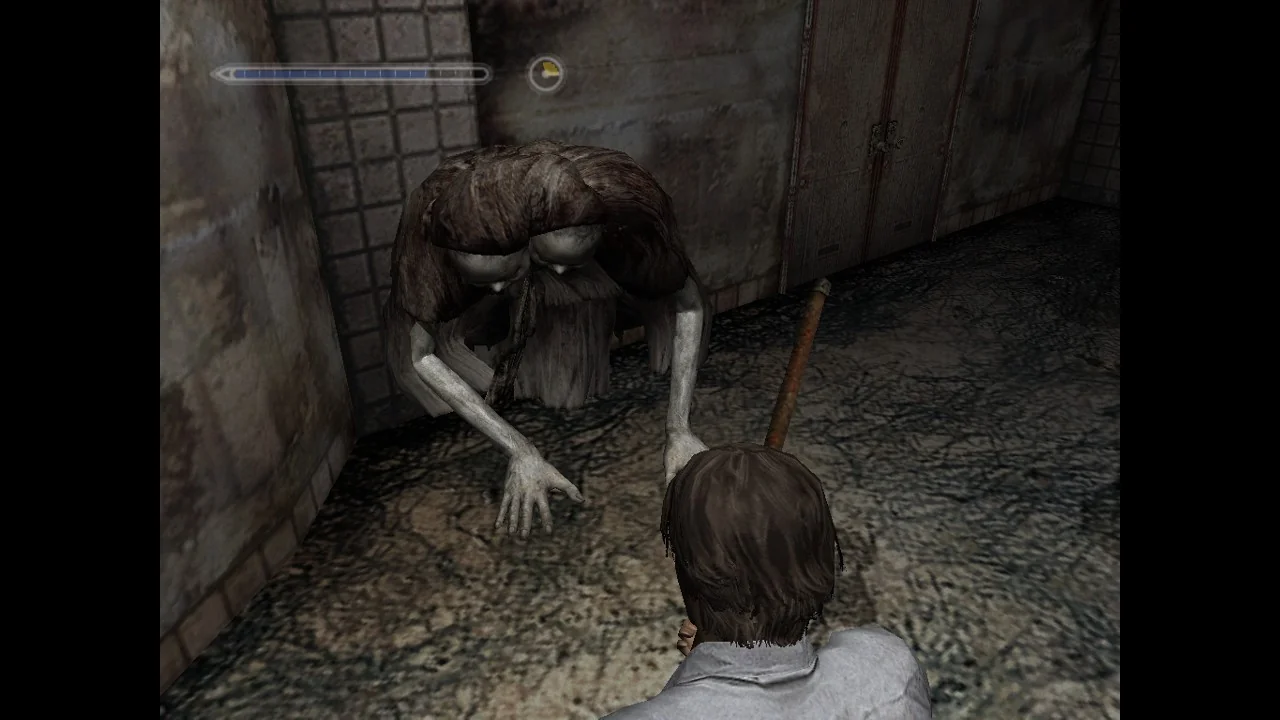
Henry’s swing makes enemies stumble.
Combat System
Melee-focused combat uses pipes, bats, and breakable golf clubs, with slow swings amplifying vulnerability. Guns are scarce, making fights desperate. You can also curb stomp downed enemies to ensure they don’t get back up.
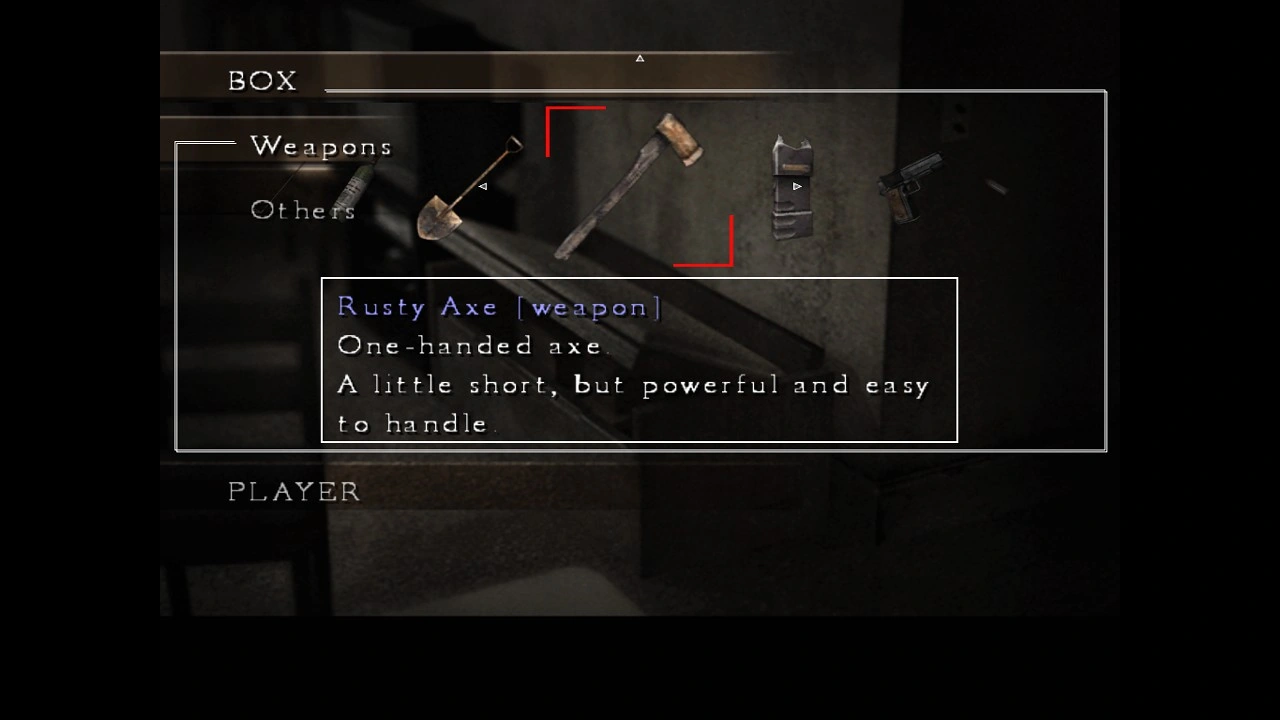
Your apartment’s box holds survival itself.
Inventory Limits & Exploration
Tight inventory forces backtracking to the apartment. Otherworlds—Subway, Forest, Prison, Hospital—are mapless nightmares. The Subway’s grimy tunnels and Prison’s rusted, blood-streaked cells heighten disorientation, though some may find navigation frustrating.
Unique Features & Mechanics
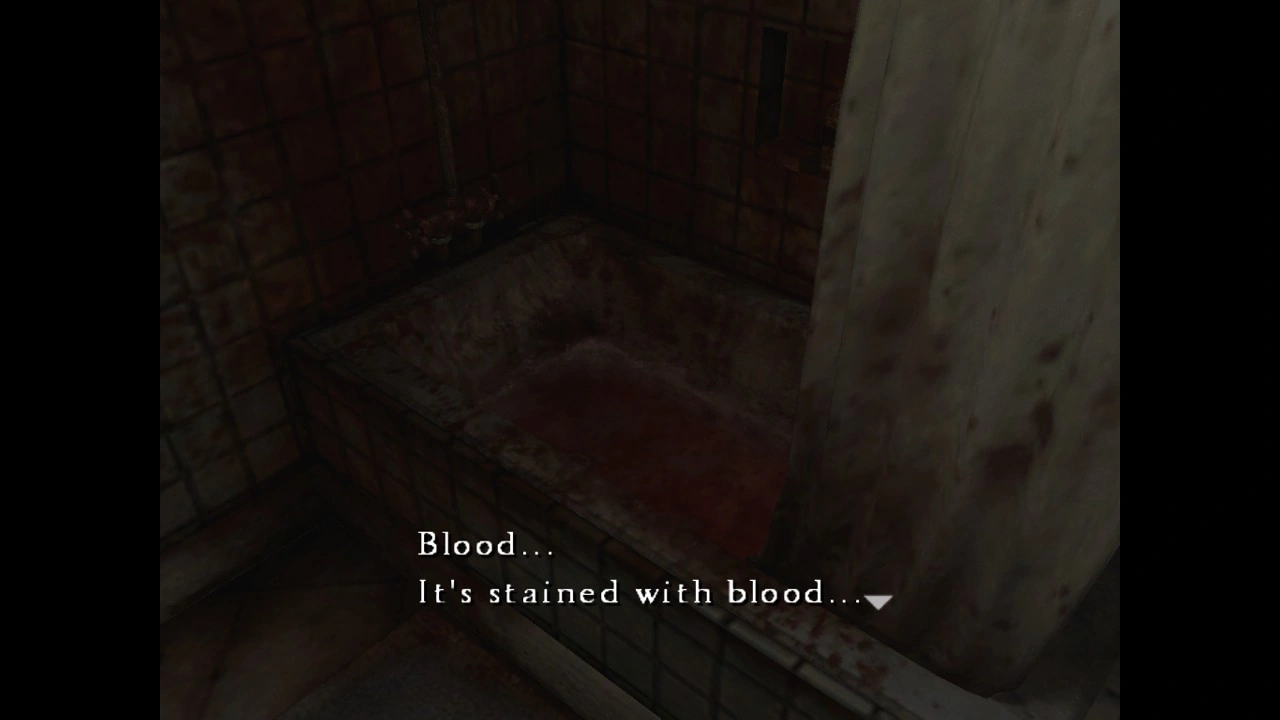
The apartment turns sinister.
The Room as a Living Hub
The apartment heals, stores items, and shifts from sanctuary to threat with hauntings, ghostly manifestations that drain health unless cleansed.
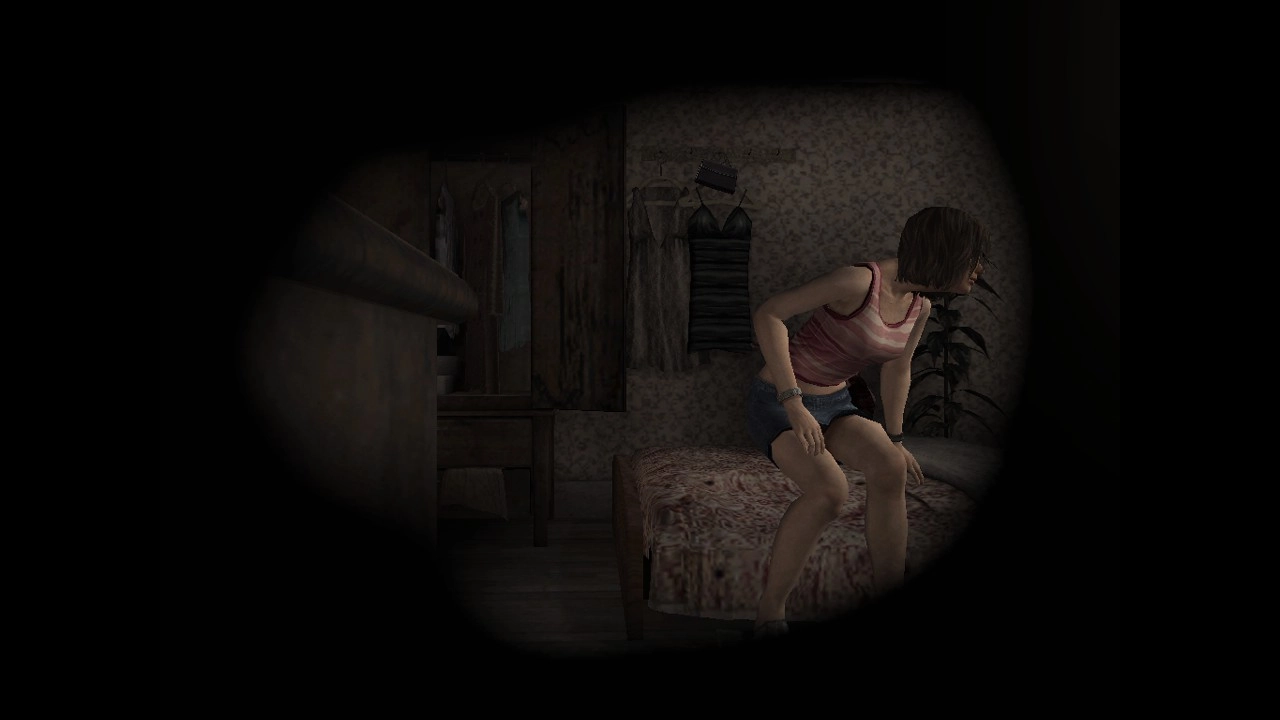
Every glance out reveals less comfort, more dread.
First-Person Perspective Indoors
The apartment’s first-person view immerses you in Henry’s anxiety, noticing cracks or peering through peepholes to see neighbors and the world outside.
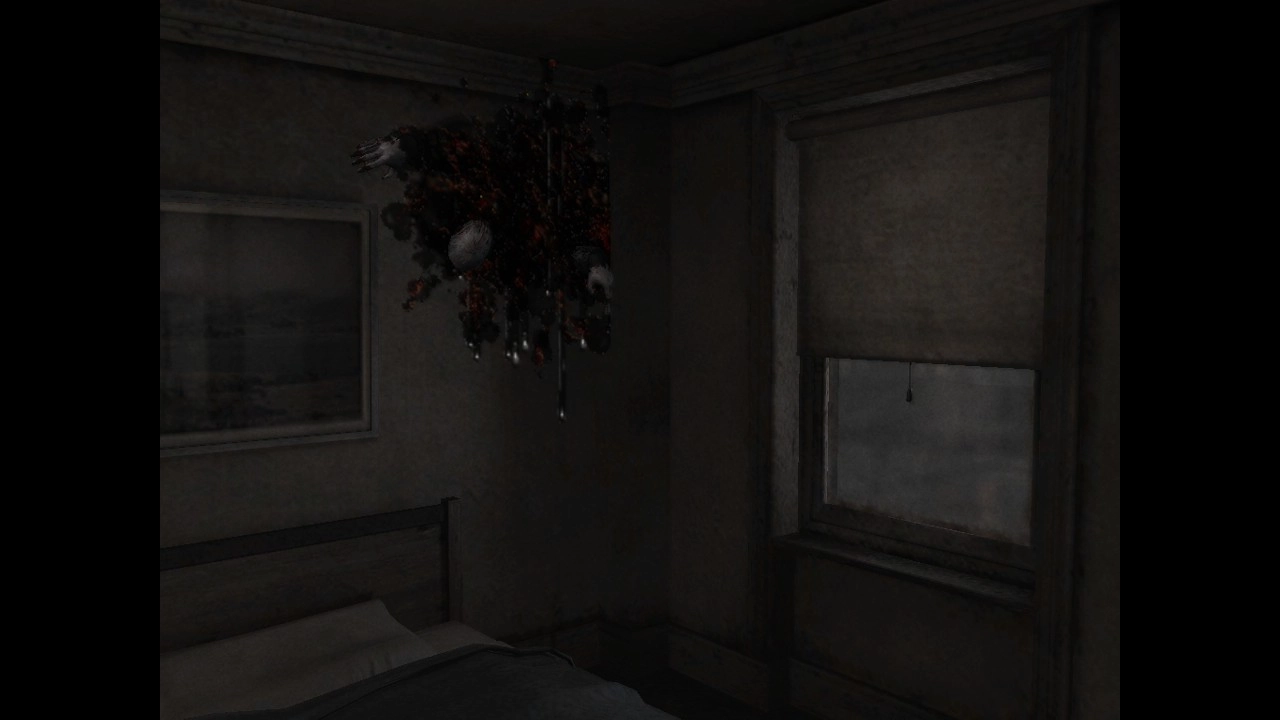
Walls remember what you fear.
Hauntings
Your home becomes a battleground, with ghostly manifestations draining health unless cleansed. As Team Silent noted, “An indefatigable being that ceaselessly pursues the player is a very frightening presence to all, regardless of culture” (Game Developer Magazine, 2005).
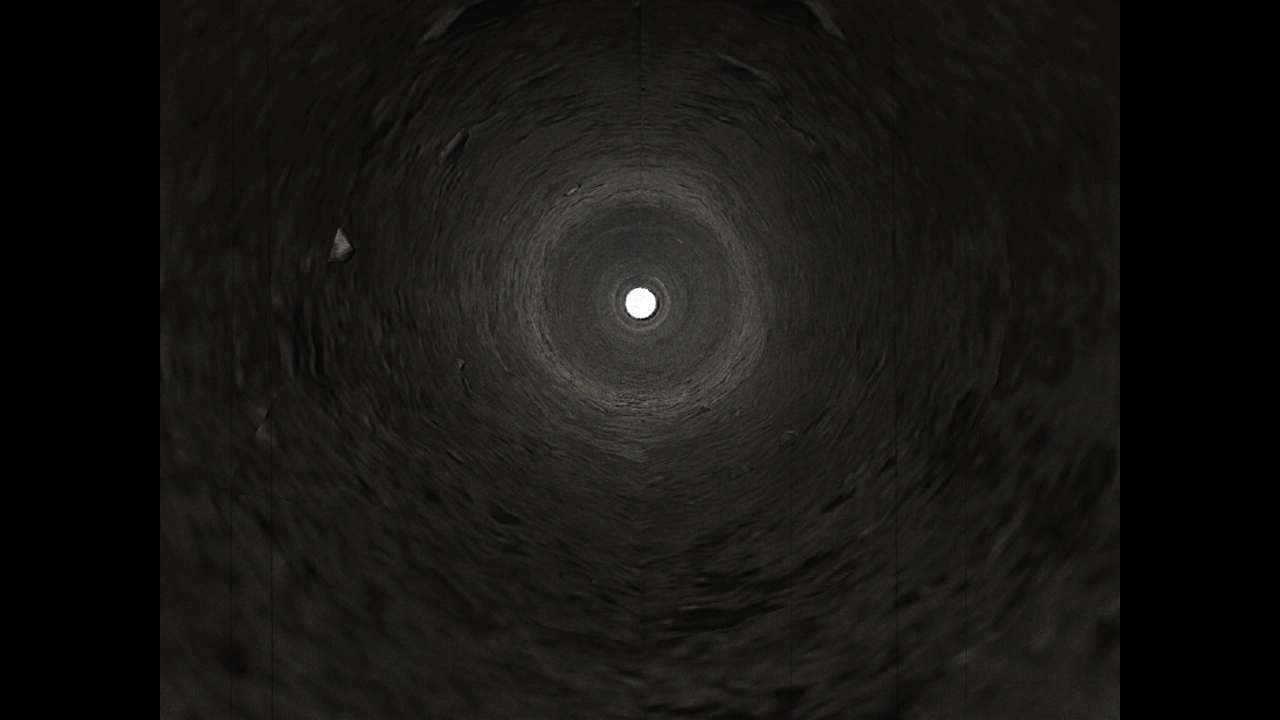
Otherworld transitions are sudden, surreal, and deeply unsettling.
Portal-Based Level Structure
Wall portals lead to fever-dream otherworlds. The Forest’s fog-choked paths and Hospital’s sterile, blood-stained wards reinforce isolation.
Escort Missions & Eileen’s AI
Eileen’s maddeningly slow running speed sparks intense tension. In the Subway’s tight corridors, her sluggish pace can leave her—or you—vulnerable to Twin Victims’ relentless lunges, risking a negative ending if she takes too much damage. This adds strategic depth but frustrates when her AI lags.
Workarounds, like equipping her with a nightstick to deal damage or removing weapons so she ignores enemies and follows closely, transform this hurdle into a tactical challenge, enriching the second half’s demanding gameplay for those who master it.
Art & Audio
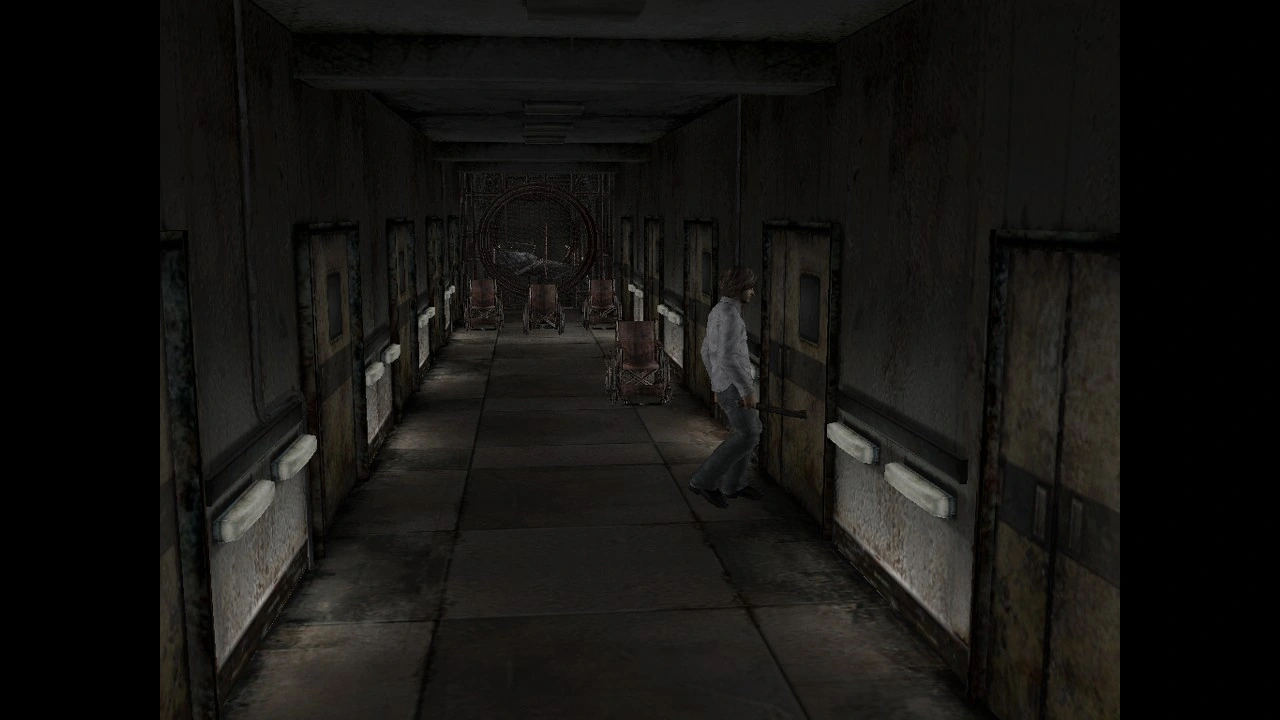
Every hallway hums with dread.
The Room wears you down with decayed visuals and sound. Environments shift from sterile to sickly, with pale greens, rotting browns, and dead yellows dominating.
The Subway’s dripping, grime-slicked tunnels and Hospital’s peeling, blood-stained walls pulse with decay. Enemies like Twin Victims, with conjoined, lurching forms and childlike moans, or Ghosts, with translucent bodies and distorted wails, are nightmarishly intrusive.
Sound design is crucial. Intentional creaks, groans, and low electrical hums contrast the apartment’s eerie quiet with the otherworlds’ distorted chaos, building personal tension. I had to pause to collect myself—a feeling unmatched since my 2016 Silent Hill run.
Standout tracks:
Tender Sugar
Akira Yamaoka’s “Tender Sugar” is a slow, haunting melody that weaves through the game’s quieter moments, its soft guitar riffs and distant vocals carrying a sense of longing and unease. It plays like a lullaby for a world that’s already rotting, perfectly underscoring the apartment’s shift from sanctuary to trap.
Into The Depths of Self Discovery
This track is pure dread distilled into sound. Its low, pulsing drones and erratic percussion build a suffocating tension, like the otherworlds are breathing down your neck. It’s not loud or aggressive. It’s insidious, creeping into your head during exploration and making every step feel heavier. It’s the kind of music that lingers long after you’ve put the controller down.
Silent Circus
“Silent Circus” is chaotic yet restrained, with warped synths and jagged rhythms that evoke a carnival gone wrong. It punctuates some of the game’s most intense encounters, amplifying the panic of facing unkillable Ghosts or dodging Twin Victims. The track’s unsettling energy made me dread every new doorway, as if the music itself was warning me to turn back.
Voice Acting
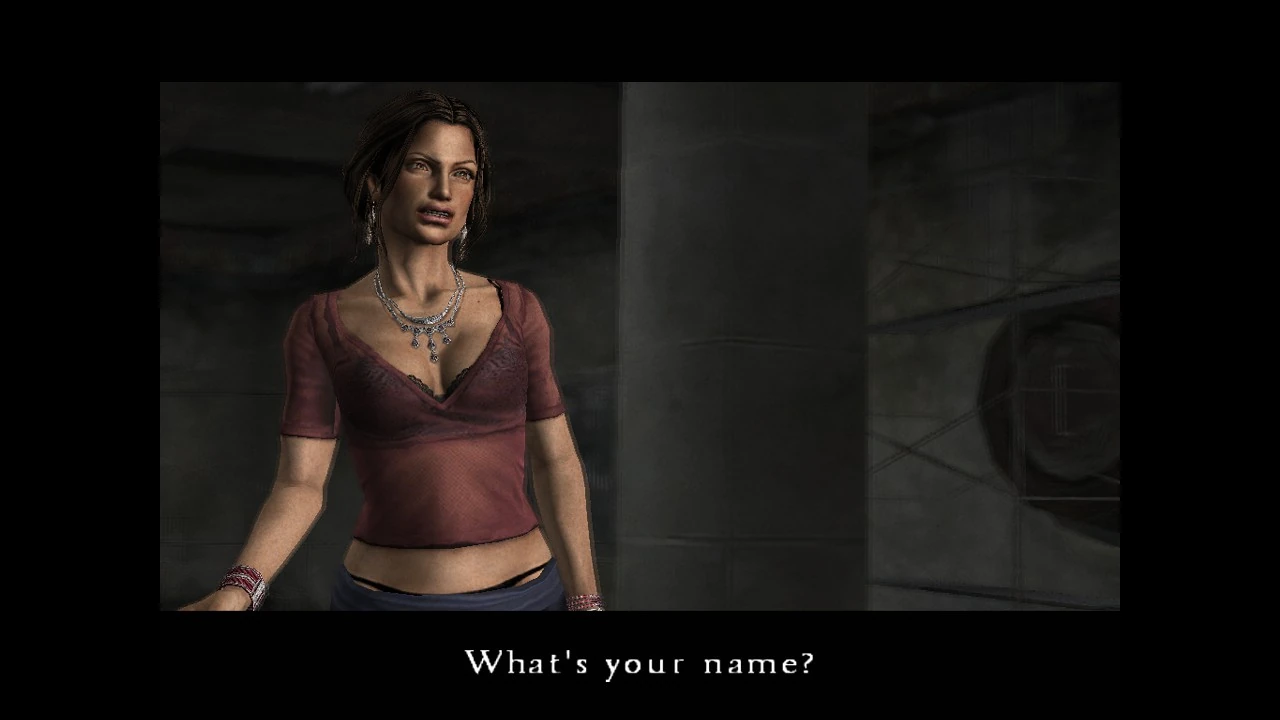
Every word chills the air.
The cast, blending veterans like Dennis Falt (Castlevania: Symphony of the Night) and Robert Belgrade (Bloodstained: Ritual of the Night) with Eric Bossick and Anna Kunnecke, delivers classic survival horror stiffness that perfectly suits The Room’s eerie tone.
Henry’s detached, awkward delivery mirrors his passive unraveling, reflecting his isolation as he’s trapped in a decaying sanctuary. Eileen’s emotive voice serves as his emotional anchor, grounding the narrative’s supernatural chaos with human connection.
Their performances amplify the game’s themes of alienation and resilience, making every line resonate with the dread of a world slipping away.
Story & Writing
The Room weaves in series connections—familiar cults and names—but tells a standalone supernatural tale. Its dreamlike narrative leans more toward Nightmare on Elm Street than Resident Evil’s grounded survival horror.
A voyeuristic thread, like overhearing a neighbor’s distorted cries through a wall, evokes Rear Window, turning observation into a chilling intrusion that mirrors the game’s experimental invasion of personal space. This voyeurism isolates Henry, his passive observation amplifying the narrative’s claustrophobic tension as he grapples with an unknown story, mirroring the player’s own disorienting discovery.
The first half is tightly paced, immersing you in Henry’s unraveling psyche and shared narrative confusion. The second half stumbles, with recycled areas like the Subway and Prison muddling clarity, drip-feeding piecemeal revelations that blend less seamlessly with gameplay.
Still, themes of trauma, isolation, and erasure resonate powerfully, lingering vividly for newcomers and series fans alike.
Verdict
Silent Hill 4: The Room is a fearless, visionary entry that warps comfort into haunting tension. It is a bold triumph for Silent Hill fans, horror enthusiasts, and experimental gameplay lovers. Few games dare turn your home, your safe space, into an unforgettable nightmare.
The first half is masterful. Its chilling presentation of sound, level design, and perspective builds tension so intense I had to pause to breathe, showcasing the game’s atmospheric brilliance.
The second half falters slightly. Revisiting areas like the Subway and Prison fits thematically but slows momentum with familiar layouts, occasionally craving fresher encounters.
Yet, these quirks highlight The Room’s raw, ambitious identity, shaped by development constraints. Few horror games match this fierce commitment to vision.
The Room shuns jump scares and envelops you in haunting tension.
It demands patience but delivers a singular, unforgettable experience. You may leave unsettled, but never unmoved. You won’t forget it.
TLDR
Silent Hill 4: The Room (GOG / PC)
8.5
Very Strong
Summary: Silent Hill 4: The Room transforms home into a haunting nightmare, blending surreal exploration, chilling atmosphere, and innovative mechanics. Its masterful first half captivates, though second-half repetition and occasional gameplay frustrations slightly dim its brilliance.
A bold, unforgettable horror experience that demands patience but delivers dread.


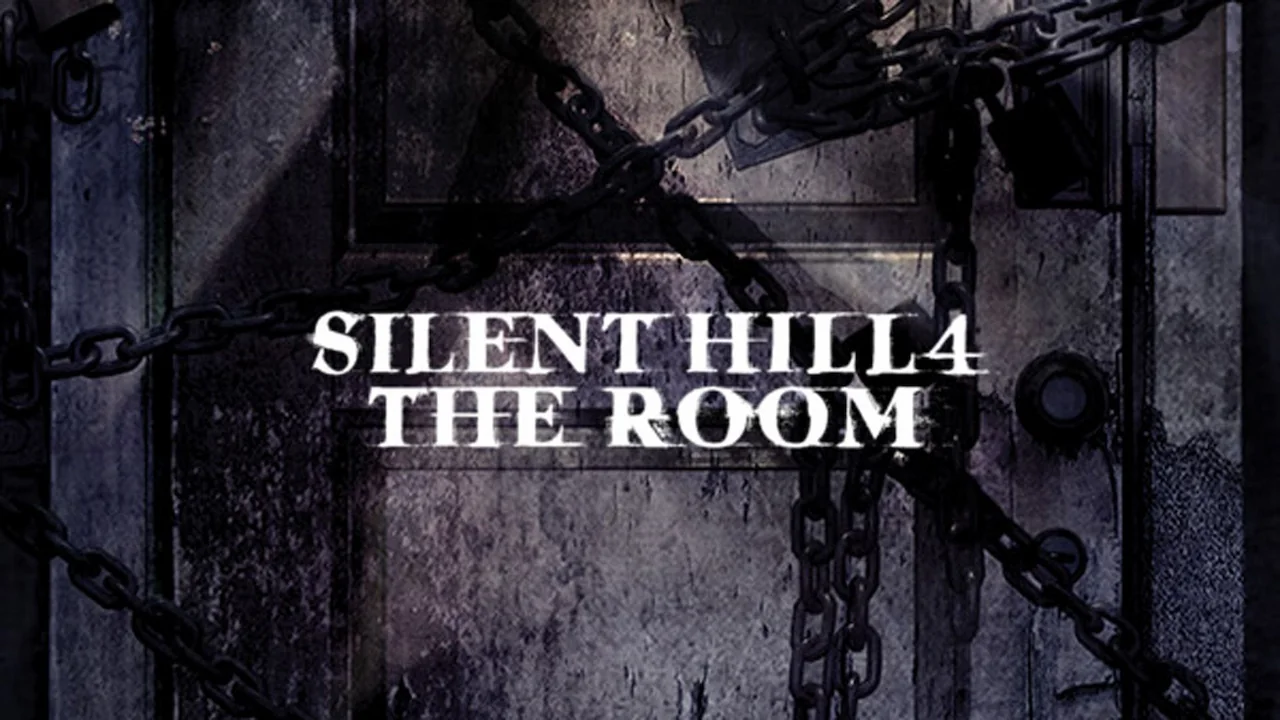
Leave a Reply